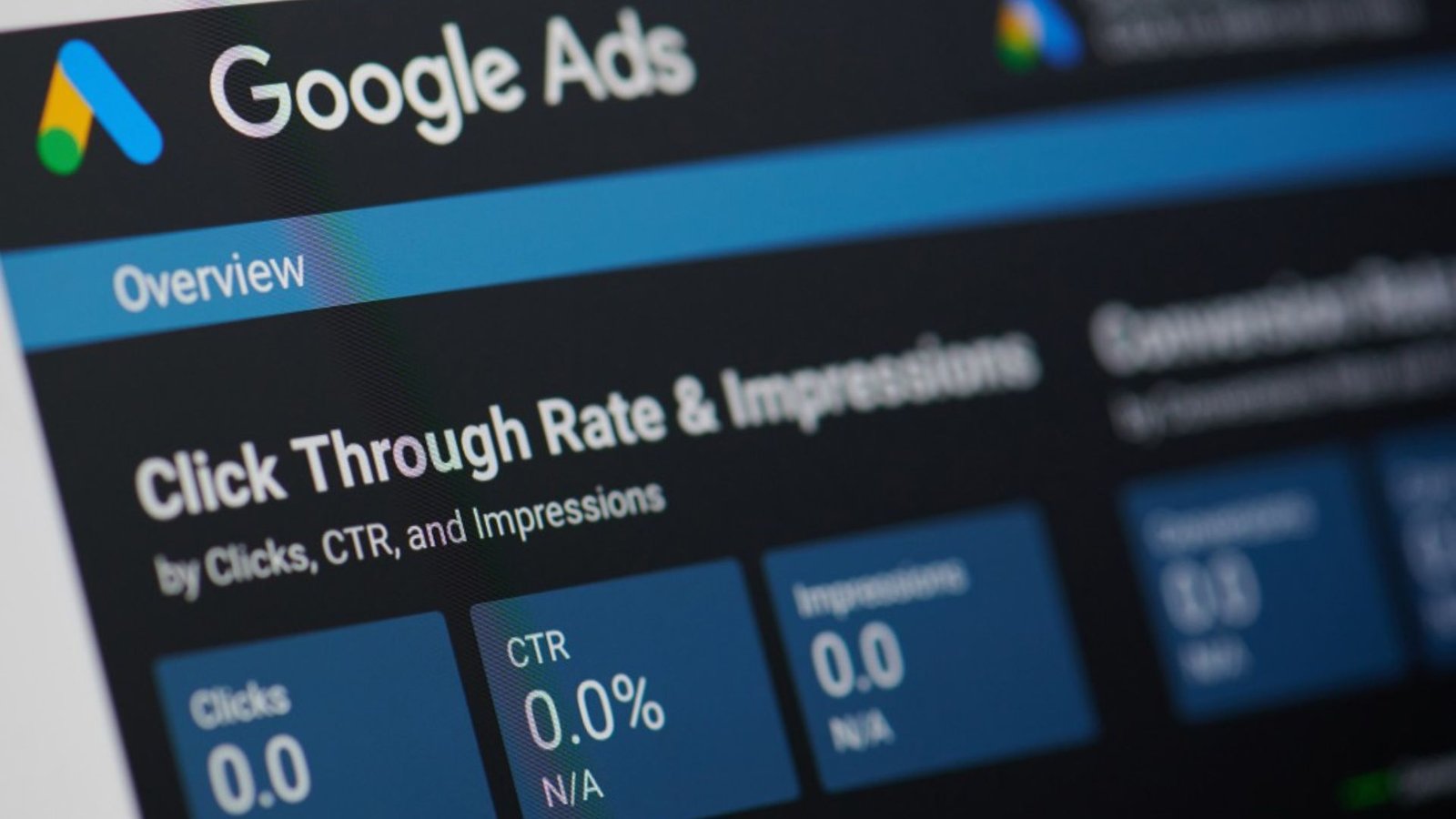Writing compelling paid search ads is essential for capturing user attention and driving clicks. Well-crafted ads can significantly impact your click-through rates (CTR) and conversion rates, ultimately enhancing the effectiveness of your paid search campaigns. Here’s a guide on how to write compelling paid search ads

1. Understand Your Audience
Know Their Needs and Pain Points
- Research Your Audience: Understand what motivates your target audience, including their needs, preferences, and pain points. This helps in crafting ad copy that resonates with them and addresses their specific concerns.
- Use Customer Data: Leverage data from previous interactions, surveys, and customer feedback to tailor your ads. This ensures that your messaging is relevant and appealing to your audience.
Segment Your Audience
- Create Buyer Personas: Develop detailed buyer personas based on demographic, behavioral, and psychographic data. Use these personas to guide your ad copy and ensure it speaks directly to different audience segments.
- Personalized Messaging: Customize your ad copy for different audience segments to increase relevance. Address specific needs and interests of each segment to enhance engagement.
2. Craft a Strong Headline
Make It Attention-Grabbing
- Use Power Words: Incorporate powerful, action-oriented words in your headline to grab attention. Words like “Exclusive,” “Limited Time,” or “Unlock” can make your ad more compelling.
- Include Keywords: Integrate relevant keywords into your headline to ensure your ad is shown for relevant searches. This also improves ad relevance and boosts CTR.
Be Specific and Relevant
- Highlight Key Benefits: Clearly state the main benefits or unique selling points (USPs) in your headline. Focus on what makes your offer valuable and why users should care.
- Avoid Vague Language: Use specific language that clearly conveys the message and avoids ambiguity. Users should immediately understand what your ad is about and what they can gain from it.
3. Write a Persuasive Description
Focus on Value Proposition
- Highlight Benefits: Emphasize the benefits and advantages of your product or service. Explain how it solves a problem or fulfills a need for the user.
- Use Strong CTAs: Include compelling calls to action (CTAs) that encourage users to take immediate action. Phrases like “Shop Now,” “Get Started,” or “Learn More” can drive clicks and conversions.
Create Urgency and FOMO
- Limited-Time Offers: Create a sense of urgency by mentioning limited-time offers or promotions. This motivates users to act quickly to take advantage of the deal.
- Scarcity Tactics: Highlight any limited availability or exclusive offers to create a fear of missing out (FOMO). This can prompt users to click on your ad sooner rather than later.
4. Optimize Ad Extensions
Utilize Available Extensions
- Site Link Extensions: Add site link extensions to provide additional links to relevant pages on your website. This enhances the visibility of your ad and offers users more options.
- Callout Extensions: Use callout extensions to highlight additional features or benefits that are not included in the main ad copy. This provides extra information and can make your ad more appealing.
Include Structured Snippets
- Detail Key Features: Use structured snippets to provide specific details about your products or services, such as types, categories, or brands. This helps users get a clearer understanding of what you offer.
- Enhance Relevance: Ensure that structured snippets align with the main ad copy and support your overall message. This improves ad relevance and user engagement.
5. Test and Refine Your Ads
Conduct A/B Testing
- Test Different Variations: Create multiple versions of your ad with different headlines, descriptions, and CTAs. A/B test these variations to determine which ones perform best.
- Analyze Results: Review performance metrics, such as CTR and conversion rate, to identify the most effective ad copy. Use these insights to refine and optimize your ads for better results.
Iterate Based on Data
- Monitor Performance: Regularly monitor the performance of your ads to identify trends and areas for improvement. Make data-driven adjustments to enhance ad effectiveness.
- Adapt to Changes: Stay agile and adapt your ad copy based on changes in user behavior, market trends, and competitive landscape. Continuously refine your approach to maintain optimal performance.
6. Ensure Compliance and Quality
Follow Ad Policies
- Ad Platform Guidelines: Adhere to the guidelines and policies set by the advertising platforms, such as Google Ads or Bing Ads. This helps avoid disapprovals or penalties and ensures your ads run smoothly.
- Avoid Misleading Claims: Ensure that your ad copy accurately represents your product or service. Avoid making exaggerated or false claims that could lead to negative user experiences or ad disapprovals.
Maintain High Quality
- Focus on Clarity: Ensure that your ad copy is clear, concise, and easy to understand. Avoid jargon or complex language that could confuse users.
- Proofread and Edit: Review your ad copy for any spelling or grammatical errors. High-quality ads reflect professionalism and credibility, which can positively impact user perceptions.
Conclusion
Writing compelling paid search ads requires a deep understanding of your audience, strategic use of headlines and descriptions, effective use of ad extensions, and continuous testing and refinement. By focusing on delivering clear, persuasive, and relevant messages, you can capture user attention, drive clicks, and achieve better results in your paid search campaigns. Regularly monitor performance, adapt to changes, and ensure compliance with ad policies to maintain high-quality ads that deliver optimal performance.




